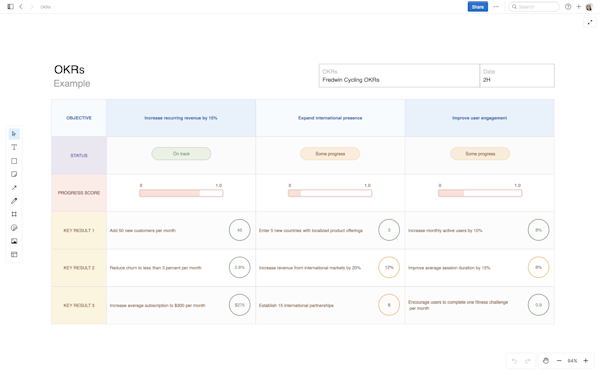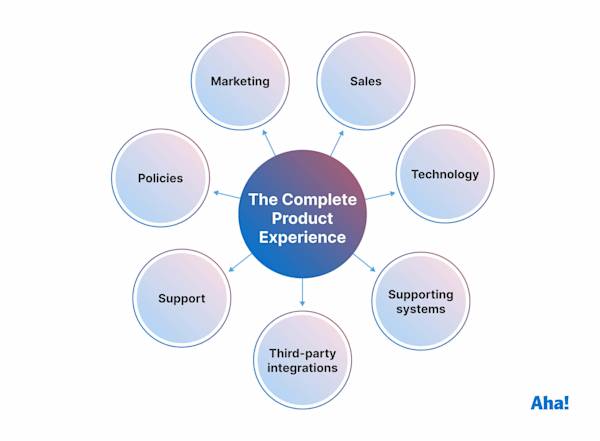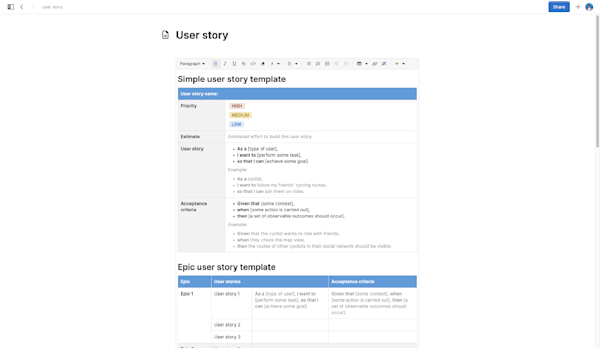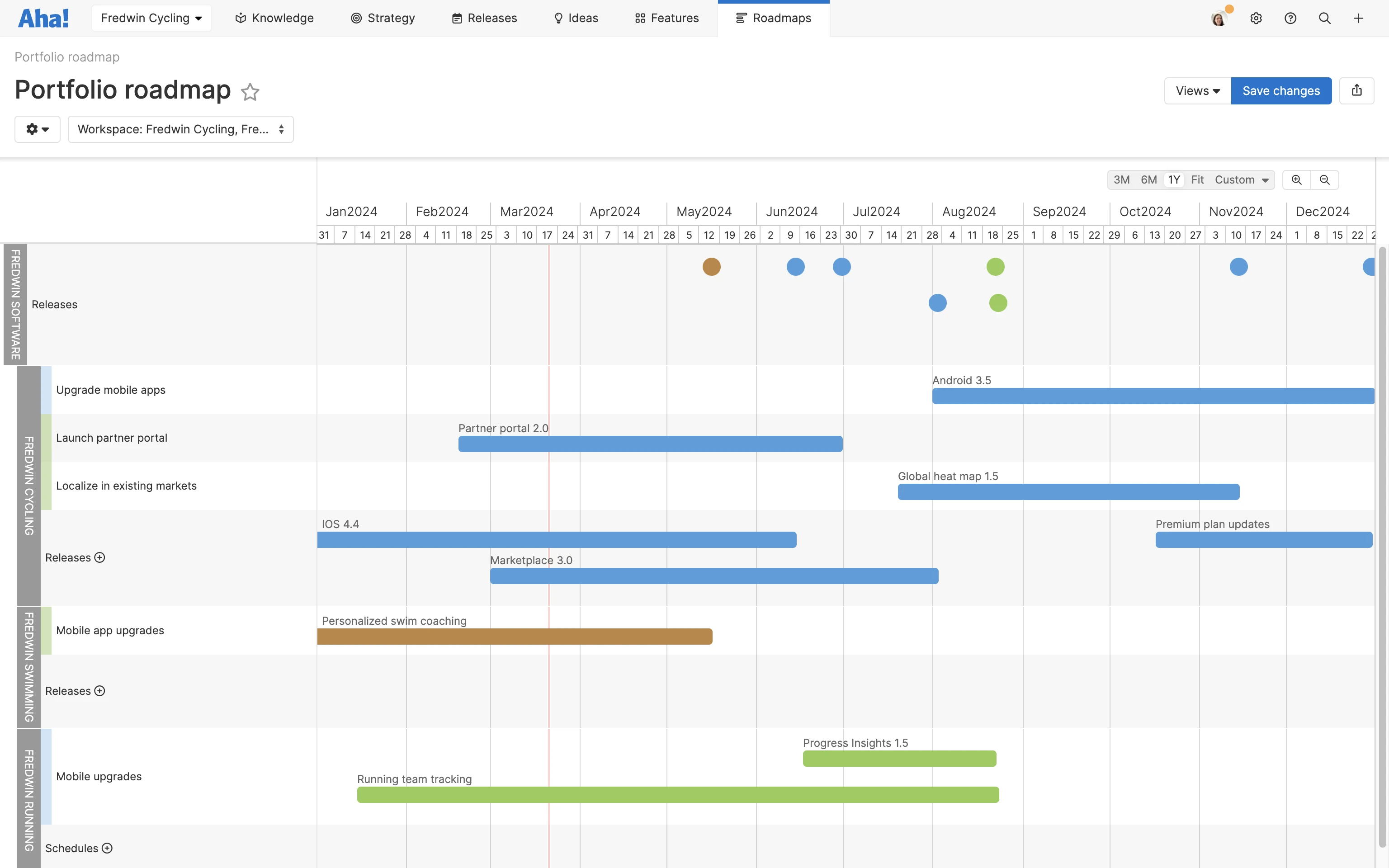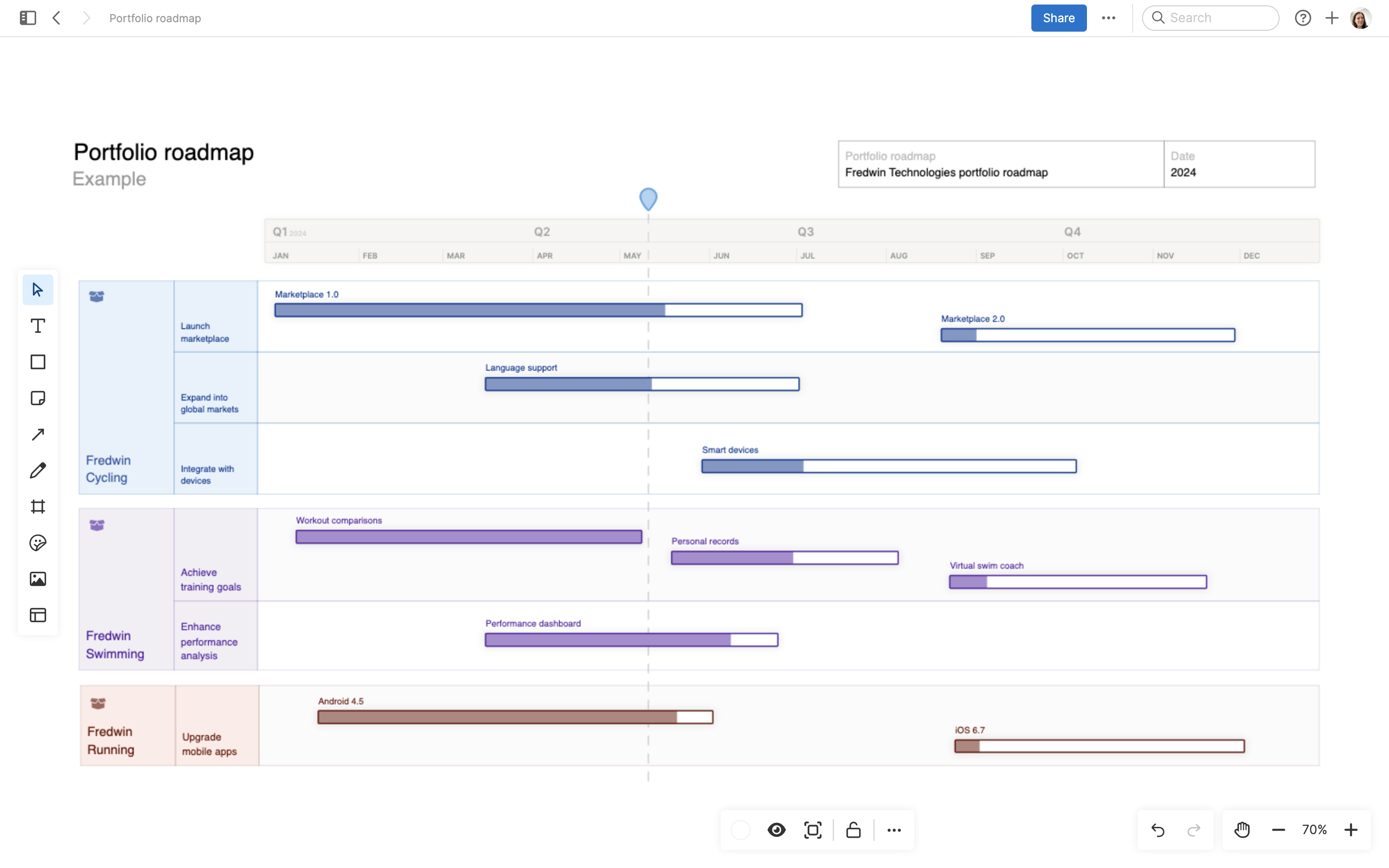Related:
Top
What are the benefits of having a product portfolio?
On a high level, the main benefit of building a product portfolio is growth. Makes sense, right? The more products you offer, the more value you can provide to customers and the more revenue you can gain. But that is not all — portfolios can also help you reinforce your company's standing in a market and edge ahead of competitors.
Product portfolios can offer these advantages:
Revenue: Introduces more opportunities to gain customers and establish multiple sources of revenue
New markets: Opens up avenues to enter new or growing markets and capture market share
Cross-selling: Provides a way to generate add-on sales, leveraging your existing customer base to promote complementary offerings
Diversification: Spreads risk across multiple products, reducing the business's dependence on a single offering that can fluctuate in demand or performance
Brand: Reinforces company identity and values across multiple products while enhancing overall brand perception
Differentiation: Helps position the company as a comprehensive solution provider, outmatching competitors with limited offerings
Innovation: Spurs the broader team to be creatively minded and forward thinking as you research new ways to meet customer needs
Top
Challenges of managing a product portfolio
Building a product portfolio is not easy — company leaders have to make tough decisions about where to invest in growth and when to retire certain offerings. This requires keeping a watchful eye on markets, competitors, and performance.
As a product manager, product portfolios come with added difficulty as well. You have been part of product launches, so you know how much work it takes to research, plan, and deliver everything to your customers (and then do it all again as you plan enhancements for the next release). Doing this for multiple products in tandem presents its own set of challenges, even if you have dedicated product managers for each offering:
More decisions: You need to think about strategy at the business, portfolio, and product levels. This means that more stakeholders will be involved throughout product development, making it more challenging to get aligned.
More resources: You likely need to grow your team and allocate more resources to support multiple products, which in turn increases the need for cross-team collaboration.
More complexity: You have to integrate new products into the ecosystem you already built without overcomplicating things for your customers. This also requires more layers to your marketing, sales, and support efforts.
More standards: You have to commit to the same level of quality that your customers expect for each product you introduce — or risk harming your overall position and performance in the market.
It is undeniably a lot of work to grow a product portfolio. But for many companies, the benefits are worth it. A successful product portfolio can help your company withstand unstable periods in the market and grow to become a well-known enterprise. And as a product manager, working in a portfolio management role can also be incredibly rewarding — giving you an opportunity flex your business acumen, market research, and strategic planning skills on another level.
